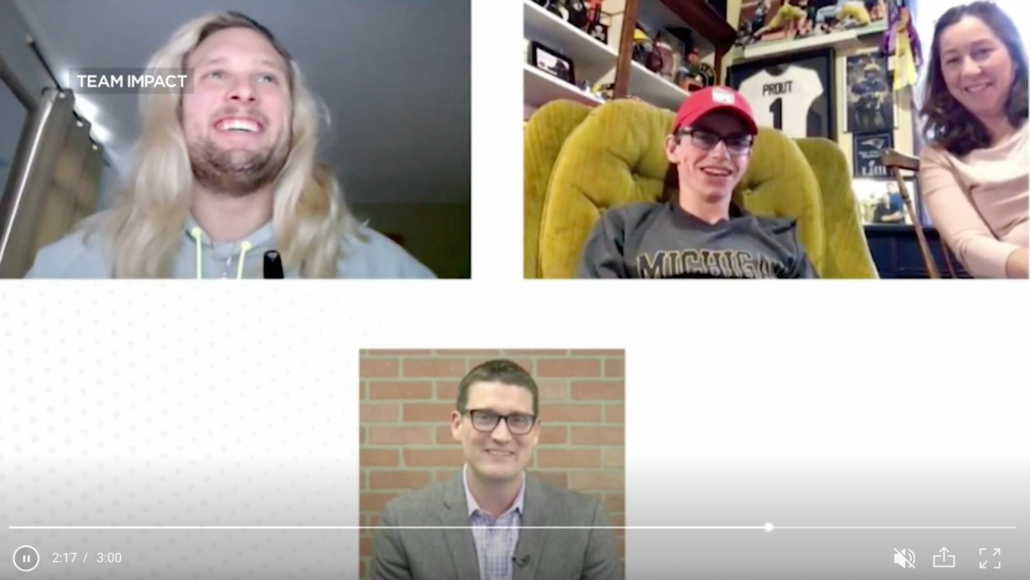The Coronavirus pandemic is awful, no question. But if we look around, we can find a lot of positive, creative things happening as people continue to try and connect with and inspire others. Likewise, while many small businesses are unable to open or have lost clients, they still want to engage with their customers and stay top of mind for the future. But how?
We’ve seen a lot of really creative things happening in the art world, such as virtual museum tours, online Broadway shows, musicians offering free concerts, and more. But small businesses don’t always have the resources that these larger organizations or celebrities do. However, they can get creative with social content. As a Top 100 Champion in the Small Business Influencer Awards from Small Business Trends and Smallbiz Technology, we thought we’d share a few simple ideas to inspire small businesses to keep engaging their audiences.
Partner up with other SMBs to create unexpected, resourceful content. Ex: record a Zoom video call between you and another small business owner. Make it fun and memorable; be light-hearted and humorous. Imagine a candy shop owner and a wine shop owner together, and the candy shop owner holds up different types of candy while the wine shop owner recommends wine to pair with it. Not two things that generally go together, which makes it interesting and inventive. Besides, we all know we’re eating more candy and drinking more wine than normal right now.
Get creative with what you offer, even if you can’t sell it right now. A jeweler might offer a customer contest to virtually help design a ring, or vote to choose a “stone of the week” that the jeweler then uses to create a new piece and names it after the customer. Once the jeweler can open again, they can offer the piece at a special price to that customer. Or, a florist might invite followers to name 5-10 flowers on its Facebook page and then create a bouquet of those flowers and share images. When they can reopen, they can offer that bouquet at a special price.
Involve your fans. It’s been well-known for quite some time that fans love being involved and noticed. Provide them with new ways to do so. For example, an artist can have fans nominate what his or her next piece of art should be; a pizza shop can let fans pitch in on ideas for new toppings or a weekly special to encourage takeout orders. Here in Boston, the New England Aquarium is doing #virtualvisits videos so fans can watch along as they care for the animals. The Getty Museum in Los Angeles challenged art fans to post photos of themselves at home, recreating their favorite works of art.
We’ve also seen some innovative ideas from local small businesses in our community. One popular sign company created a “Signs of Hope” campaign, which consists of various heart-themed designs of door signs, sold both online and at self-serve kiosks around multiple towns. They are selling on the honor system, something you don’t see much anymore, which is a vital part of establishing the feeling of a trusted community, support, and, well, hope. People remember how you made them feel and evoking positive emotion in your campaign can make a lasting impression.
Another great example we’ve seen is the Front Steps Project. Local photographers are offering families in their communities highly discounted or free (although you can donate an amount you think is fair and which you can afford), family portrait sessions on your front steps or in your yard. They’ll drive to your home, keep a safe distance, and take your photos. My family is having ours taken this weekend, and the photographer is offering us five pictures at an extremely reasonable price. We get to support another small business and do something unique together in this time of home isolation.
As a small business ourselves, we understand the anxiety and frustration taking place as a result of the economic fallout from the pandemic. But if you can, keep marketing and try some creative campaigns that you might not otherwise have explored when things were “normal.” Think about your expertise and what you can offer to others besides products and services. How can what you do tie into helping people through this unprecedented situation while keeping your business top of mind? As long as campaigns are respectful and socially-minded, most people will applaud your efforts and want to support you the best that they can in this uncertain time and as we all recover in the future.
If you need additional content ideas or social media training, give us a shout. We’re currently offering free one hour consulting sessions to hear about your business, your current challenges, and your long term goals – and to provide a few ideas for content and positioning.
Stay mindful, but more importantly, stay hopeful and stay home.


